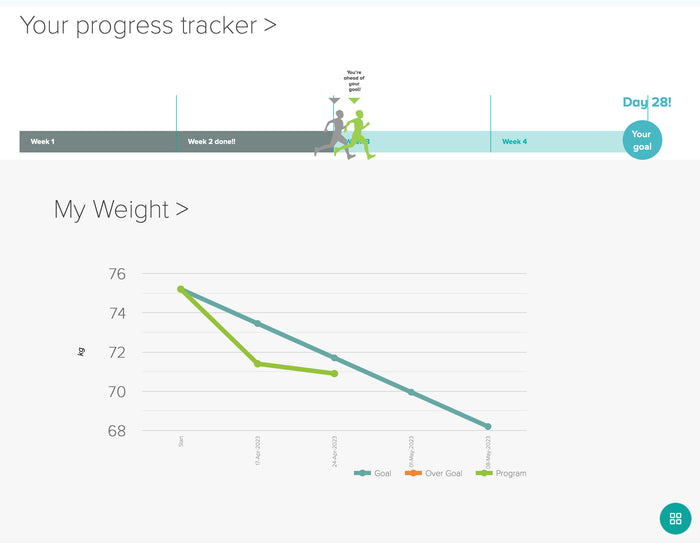As we age, many changes occur in our bodies, some of which can have significant effects on our overall health and quality of life.
Two common concerns are sarcopenia (age-related muscle loss) and bone loss (osteoporosis).
These conditions not only impact our physical appearance but also increase the risk of fractures, poor joint health and a reduction in our metabolic rate. However, there is a powerful tool that can help prevent and even reverse these conditions: strength training.
Strength training, also known as resistance or weight training, involves exercises that work specific muscle groups by using resistance, such as free weights, weight machines, or resistance bands.
While cardio exercises like walking, swimming, and cycling are important for cardiovascular health, strength training is crucial for maintaining and building muscle mass and preserving bone density as we age.
Sarcopenia, or the gradual loss of muscle mass, is a natural part of the aging process. By the age of 35, we typically begin to lose muscle mass at a rate of 5-10% per decade. However, this decline accelerates after the age of 50, leading to muscle weakness, decreased mobility, and an increased risk of falls. Strength training can help combat sarcopenia by stimulating muscle fibres and promoting muscle growth and maintenance.
Regular strength training exercises like squats, lunges, push-ups, and deadlifts not only build muscle but also improve balance, coordination, and stability, reducing the risk of falls and fractures.
Osteoporosis is another significant concern, especially for women. It is a condition characterised by a loss of bone density, making bones weak and brittle. As we age, our bodies become less efficient at absorbing and retaining calcium, leading to a gradual decrease in bone mass.
Strength training helps protect against bone loss by placing stress on the bones, which stimulates the production of new bone tissue. Weight-bearing exercises like walking, jogging, and weightlifting promote bone density and reduce the risk of fractures. Studies have shown that regular strength training can increase bone density, improve bone health, and reduce the risk of developing osteoporosis.
Aside from its physical benefits, strength training also has numerous psychological and emotional advantages. As we age, maintaining independence and a high quality of life becomes increasingly important. Strength training helps improve functional abilities, making everyday tasks easier and boosting self-confidence. It also releases endorphins, the body's natural mood elevators, reducing symptoms of anxiety and depression, and improving overall mental well-being. In conclusion, strength training is an essential component of healthy aging.
It offers a plethora of benefits, including preventing sarcopenia and osteoporosis, reducing the risk of falls and fractures, improving functional abilities, maintaining an optimal metabolic rate, protection for your joints, and enhancing mental well-being. It's never too late to get started.
Remember, with proper guidance and commitment, you can age gracefully and live an active, independent, and fulfilling life.
























